What should you do to access disaster relief loans for nonprofits? With shelter-in-place orders, schools closing, and employment law changes, I know lots of nonprofits are scrambling to plan for the coming next weeks and months of the COVID-19 pandemic.
For many small organizations, it comes down to the basic fear – will we have enough money to make it through? To make payroll? To keep our programs running? To pursue our mission? There could be some hard decisions to make in the future – that’s just it, we don’t know. Whether you need funds like yesterday or would like to ensure your organization against losses, there are a few options to get the funds you need to stay afloat.
There were a number of changes made to the small business disaster relief funds available with the CARES Act, which just passed on March 27, 2020. With those new changes, it can be hard to find good information about your options with a simple Google search. I spent most of Friday night investigating the loan situation after the bill was signed into law earlier in the afternoon. Here’s what I’ve learned so far…
There are two main streams of funding for these kinds of loans for nonprofits, the Economic Injury Disaster Loan Assistance Program (EIDL), and the Paycheck Protection Program (PPP). Here’s everything I know so far about your options for a disaster relief loan:
Economic Injury Disaster Loans For Nonprofits
The EIDL has been in existence for a long time with SBA.gov (in other words – this is NOT the brand-new program everyone has been buzzing about in the CARES Act. That’s the PPP loan, see below for that.) When you go to SBA.gov, you’ll be learning about this EIDL program.
The CARES Act did expand the SBA EIDL program. Here are the new terms you should know:
- – No personal guarantee for loans up to $200,000 (though it’s still required for higher)
- – No requirement to show you’re unable to obtain credit elsewhere
- – No collateral for loans under $25,000 (though it’s still required for higher)
- – Credit check is required (based only on credit score or other means)
- – Interest rates are 3.75% for for-profits or 2.75% for nonprofits
- – Up to 30-year term and amortization (determined on a case-by-case basis).
PLUS Now, you can apply and request an advance of up to $10,000 for working capital given within 3 business days.
Specifically on that emergency grant advance:
- The advance is expected to be paid by the SBA within 3 days of the application/request;
- The advance is essentially a grant and is not required to be repaid, even if the application is denied, but
- The amount of the advance must be deducted from any loan forgiveness amounts under a PPP loan (see below for more on this); and,
- The funds must be used for loan-eligible expenses.
Paycheck Protection Program Loans For Nonprofits
The PPP is the brand new SBA-backed loan that was created through the CARES Act on the 27th. These loans are only available through banks. Hence “SBA-backed” – the loan is not provided by SBA, and you cannot apply at SBA.gov. The PPP loans are different from the standard SBA EIDL loans. They must go through a bank (in part because this stimulates the banking industry as well as a small business).
Here are the provisions of the PPP loan you need to know:
- – The amount of the loan is for up to 2.5x your average “payroll costs” during the 12 month period before the loan is taken (payroll includes: Payroll, Health care benefits and related insurance premiums, Employee compensation (with some limitations for employees with salaries over $100,000, etc.), Mortgage interest obligations (but not principal), Rent and utilities, Interest on debt incurred prior to the loan.)
- – 100% Guarantee by the SBA
- – No Underwriting Process
- – No Collateral Needed
- – No Guarantee Needed
- – No Credit Check
- – Payments and interest defers for 6-12 months
- – Maximum 10-year term
- – Interest rate may not exceed 4%
- – PLUS Forgivable to the extent that funds are spent on (i) rent, (ii) defined payroll costs, (iii) mortgage interest, and (iv) utilities in the first 8 weeks following loan closing.
THE CATCH:
You must use loan funds to retain at least 90% of your workforce as it existed on February 1, 2020. Plus you must retain them at full compensation and benefits until September 30, 2020. Orgs that are scraping by but have let members of their workforce go since February 1, 2020, may be required to bring those individuals back into work. This is something to consider if you can’t bring back staff that are already gone even with a loan.
Related Link: The $10,000 Emergency Grant from SBA- Fact or Fiction?
What does all this mean for you?
As long as you’re good with the catch, the PPP loan is likely the one you’d want to get because of the forgiveness. There are very few strings, and you can submit for forgiveness on eligible expenses paid out in the first 2 months.
If the catch is a problem, then the EIDL is a good option at 2.75% interest. Plus, if you need that $10K immediately, it’s worth applying. You can always reject the loan if you don’t like the terms or opt for a PPP after applying for EIDL.
Your third option is to go for a 1-2 punch. Apply for the EIDL to get the $10K upfront, then go for the PPP application. Any $10K grant is taken off the top of the forgiven portion of a PPP loan.
Your fourth option is to say you’re fine and not do any of this. A good option for strong organizations.
The SBA EIDL loan application process is already defined, but PPP loans are a little more uncertain. You must go through a bank to apply for a PPP loan, but as of March 30th, there is no defined process yet. Banks are scrambling to get a process in place and understand the 800-page bill and all the requirements. Banks should have applications sometime around April 3, 2020.
What I can predict is that PPP loans will be competitive. Once banks get their process defined, it’s like the checkered flag will drop and it’ll be a race to get a loan.
Do you need help considering a disaster loan or preparing an application? I’m happy to help decide what’s best for your nonprofit, whether that’s for a EIDL loan, a PPP loan, or both. Book a reduced-cost Urgent Care consultation about disaster relief loans or any other pandemic-related issue you’re facing at www.birkenlaw.as.me/urgentcare.

Recent Podcast Episodes

141: Justice for the 8 Cents! | How to Communicate Nonprofit “Overhead” Expenses
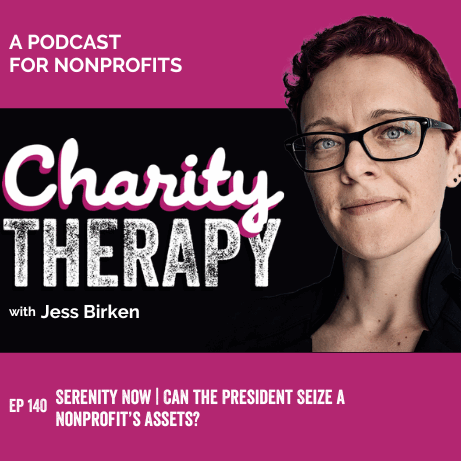
140: Serenity Now | Can the President Seize a Nonprofit’s Assets?

139: Counting On Our Fingers | Understanding The Long Wait Times for IRS Tax Exemption Applications
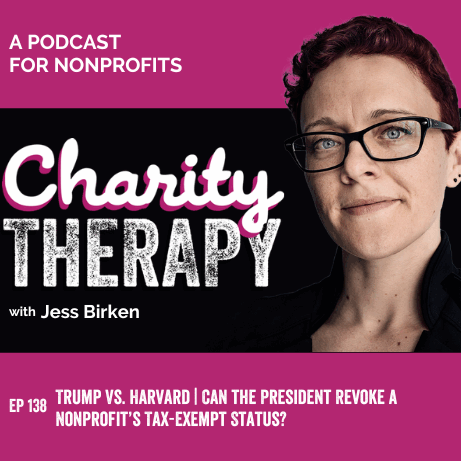
138: Trump Vs. Harvard | Can the President Revoke a Nonprofit’s Tax-Exempt Status?
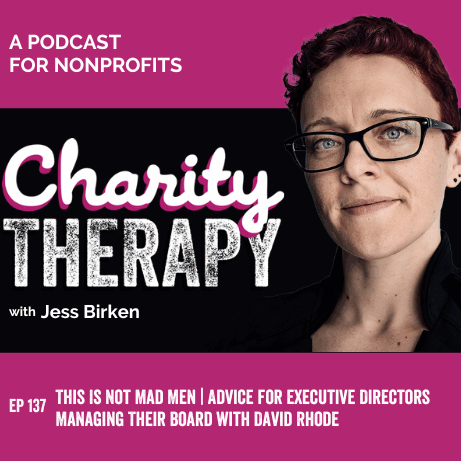
137: This Is Not Mad Men | Advice for Executive Directors Managing Their Board with David Rhode
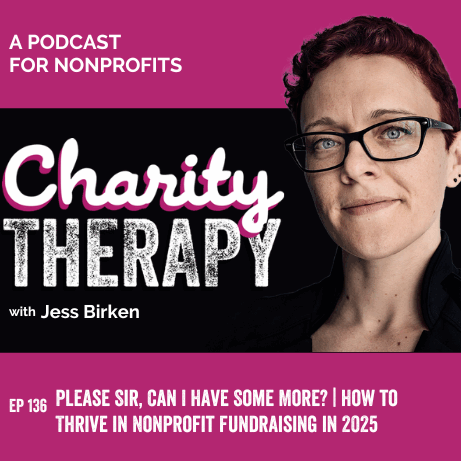
136: Please Sir, Can I Have Some More? | How to Thrive in Nonprofit Fundraising in 2025

135: One Big Nugget | What Nonprofits Need to Know About DEI & Trump’s Executive Order
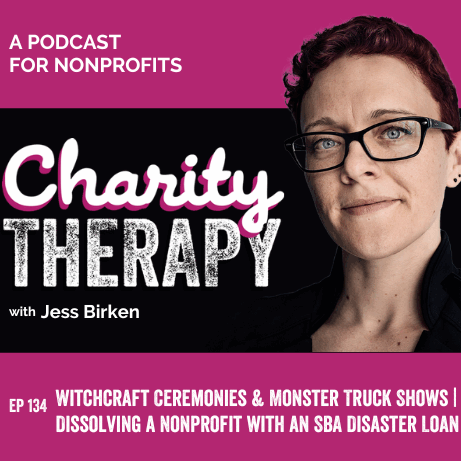
134: Witchcraft Ceremonies & Monster Truck Shows | Dissolving a Nonprofit with an SBA Disaster Loan
